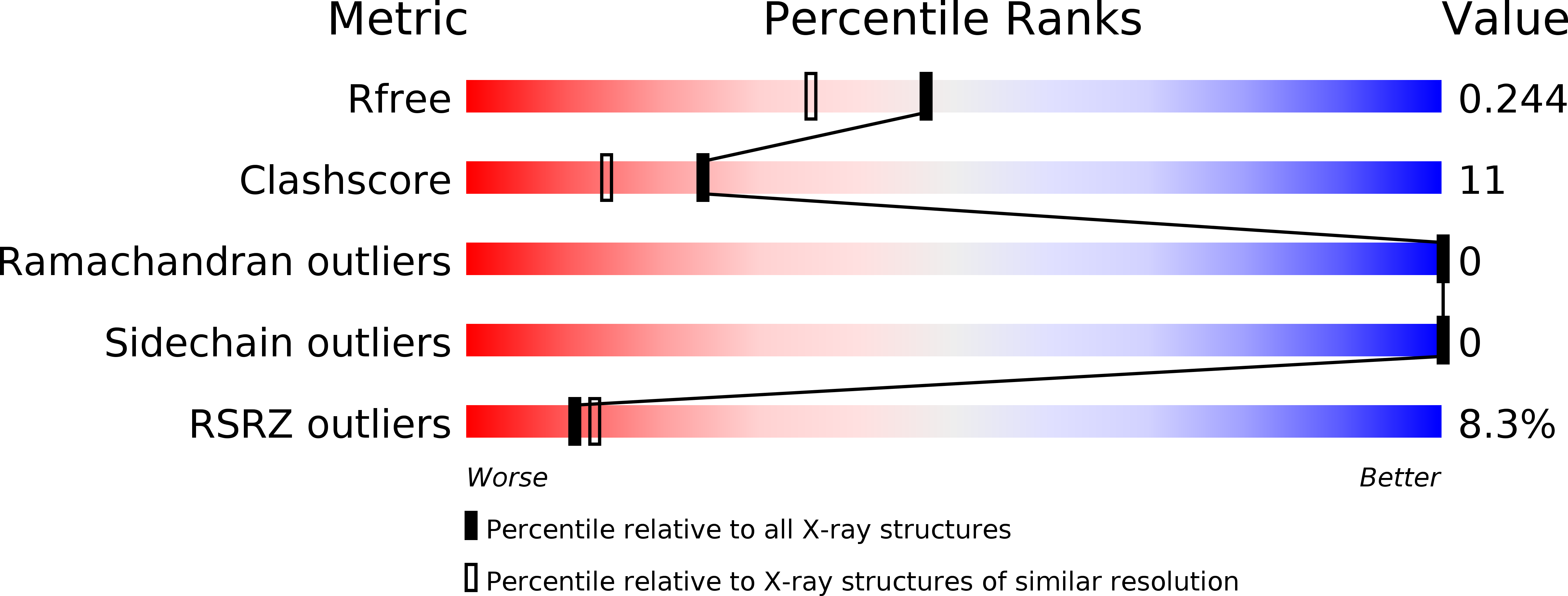
Deposition Date
2010-06-14
Release Date
2010-08-04
Last Version Date
2024-05-22
Method Details:
Experimental Method:
Resolution:
1.92 Å
R-Value Free:
0.26
R-Value Work:
0.20
R-Value Observed:
0.20
Space Group:
P 21 21 2


